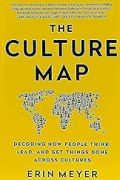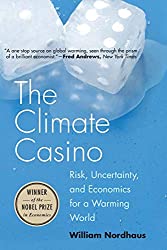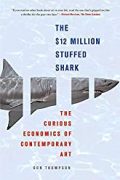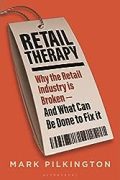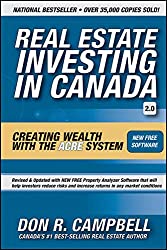
Rating: 6.9/10.
Real Estate Investing in Canada: Creating Wealth with the ACRE System by Don R. Campbell
Book about how to get rich investing in real estate and renting it out to others. By following a methodical strategy, you can achieve your “Personal Belize” — grow wealthy enough to retire in the Caribbean and do whatever you want. The key to success is to have a system for picking properties, and not invest based on emotion.
The first question is where to buy property that will likely rise in value. Good indicators are rising immigration and income, gentrification, infrastructure developments in the area. You can also add value by renovating it or rezoning it when it’s allowed. Next is the cashflow analysis: the rent should be enough to cover the mortgage and other costs like utilities, insurance, property management, etc. You should aim for annual rent to be 8-10% of the property price.
Finally, when it comes time to make an offer, the book gives a checklist of “due diligence” things to look for, such as property inspection, what fixtures come with the house, deadlines for agreement and move-in, what to do about tenants, etc. Since there are many things other than price, there is some room to negotiate a win-win deal. When getting financing, there’s a checklist of material like proof of income, net worth, credit reports, etc, that it’s good to prepare in advance to leave a good impression on the banker.
Although there is some useful information, the book contains a lot of filler, eg: how to be patient when investing, getting over your fear of commitment, etc. There’s a storyline about Richard and his wife who are struggling financially and follows the strategy, but the story doesn’t really make sense because the strategy assumes you have enough capital to buy up multiple properties already.
Most of the numbers are absurdly off: in the example calculations, the author assumes $100k for the price of a house (whereas average house in Toronto sells for around $1.2m now). Annual rent now is typically 3-4% of property price so the 8-10% heuristic doesn’t work either. I’m not sure whether it’s outdated or simply wrong, but even in 2009 when the book was published, these numbers are still not close to reality. The large deviation from reality hurts credibility so it’s unclear how much the other advice can be trusted. Also, some important points that would be expected in a book about this topic are missing, for example, there is no mention of realtors anywhere, or anything about landlord-tenant laws.
